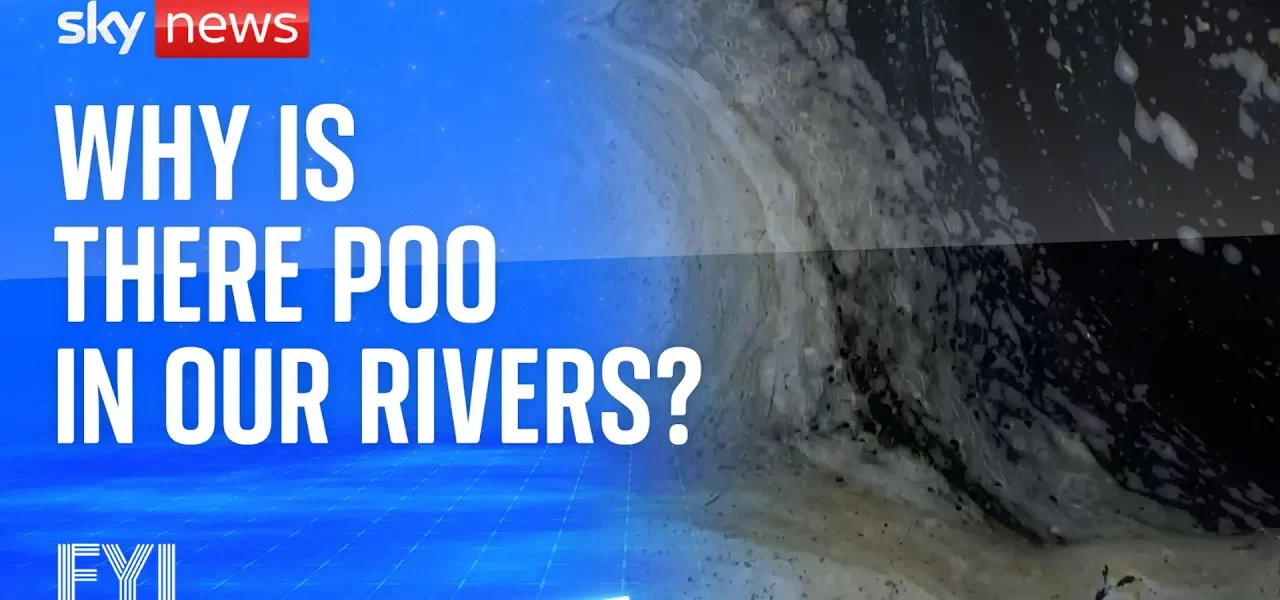Why Rivers Matter: Safety, Pollution and Community Action

Rivers hold a special place in our lives, providing both joy and recreation. However, the increasing pollution levels pose significant risks to our health and natural ecosystems. In this article, we will explore the importance of river safety, the alarming issues of pollution, and the inspiring efforts of individuals like Max who are taking action to protect our waterways.
Introduction to River Safety and Pollution
On pleasant days, many of us find solace by the water, just as Max and his mom Georgie do when they visit the river. The therapeutic nature of water can help us decompress after a long day. However, it is crucial to recognize the inherent dangers that rivers and lakes can present, particularly to children. Drowning incidents sadly occur each year, and safety precautions must be taken seriously. Additionally, an emerging concern is the pollution plaguing our rivers, which can have dire consequences for both human health and the environment.
The Joy of Being Near Water
For many, including Max, spending time near the water brings happiness and tranquility. The river serves as a retreat from the daily grind, offering various recreational activities such as swimming, kayaking, and fishing.
Benefits of Water Activities
- Stress Relief: Being near water can significantly reduce stress and improve mental health.
- Physical Exercise: Activities like swimming and kayaking provide excellent physical workouts.
- Connection with Nature: Waterways support wildlife and ecosystems, fostering a deep appreciation for nature.
Understanding the Dangers of Open Water
Swimming Safety Tips
While the allure of open water is undeniable, it is vital to prioritize safety. Here are some essential tips for safe swimming:
- Always swim with an adult who can assist in case of an emergency.
- Stay within your depth and avoid venturing into unfamiliar areas.
- Be aware of local water conditions, such as currents and temperature changes.
The Alarming Reality of River Pollution
Despite the joys of rivers, pollution is a growing concern. Max has observed troubling signs in his local river, including brown sludge and murky water. The unpleasant odors are indicators of a more significant issue: sewage spills.
Sources of River Pollution
Pollution in rivers can originate from various sources, including:
- Agricultural runoff from farms
- Industrial waste discharge
- Untreated sewage released during heavy rainfall
Impact of Sewage Pollution
The release of untreated sewage into waterways has reached alarming levels in the UK, with studies revealing that up to 83% of English rivers contain high levels of pollution. Last year, a record amount of human waste was dumped into rivers, with one area experiencing continuous sewage spillage for nearly five months.
Max’s Activism and Community Efforts
Determined to make a difference, Max has joined local activists in monitoring the health of the rivers. His current project involves counting riverfly larvae, a vital indicator of water quality.
Why Riverfly Monitoring Matters
Riverfly larvae are sensitive to pollution, and their population levels can help assess the overall health of the waterway:
- Low riverfly numbers indicate poor water quality.
- Healthy populations suggest a thriving ecosystem.
The Broader Impact on Wildlife
Pollution affects not only human recreation but also the wildlife that depends on clean rivers. Species such as otters, kingfishers, and various mammals rely on healthy water systems for survival.
Government and Industry Response
The local government has acknowledged the issue, stating that water companies have long been allowed to pollute our rivers without adequate oversight. They have committed to increasing funding to improve sewer networks and reduce sewage spills. Water UK, representing water companies, has proposed significant investments to lessen sewage discharges by 40% by 2030, but debates continue regarding the financial impact on consumers.
Conclusion: The Future of Our Rivers
As Max continues his efforts to monitor and protect the nearby river, it becomes clear that collective action is essential for ensuring the safety and health of our waterways. By raising awareness about the dangers of pollution and advocating for better practices, communities can work together to preserve these vital ecosystems for future generations. If you share Max’s passion for clean rivers, consider getting involved in local conservation efforts or participating in community monitoring programs. Together, we can make a difference!
“`




